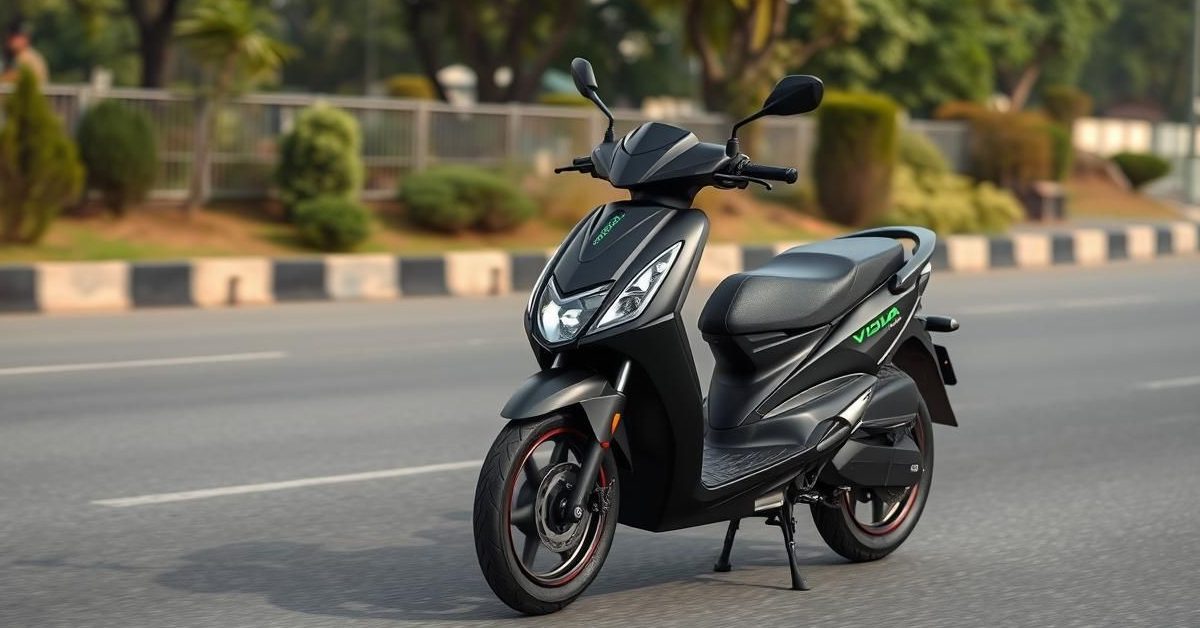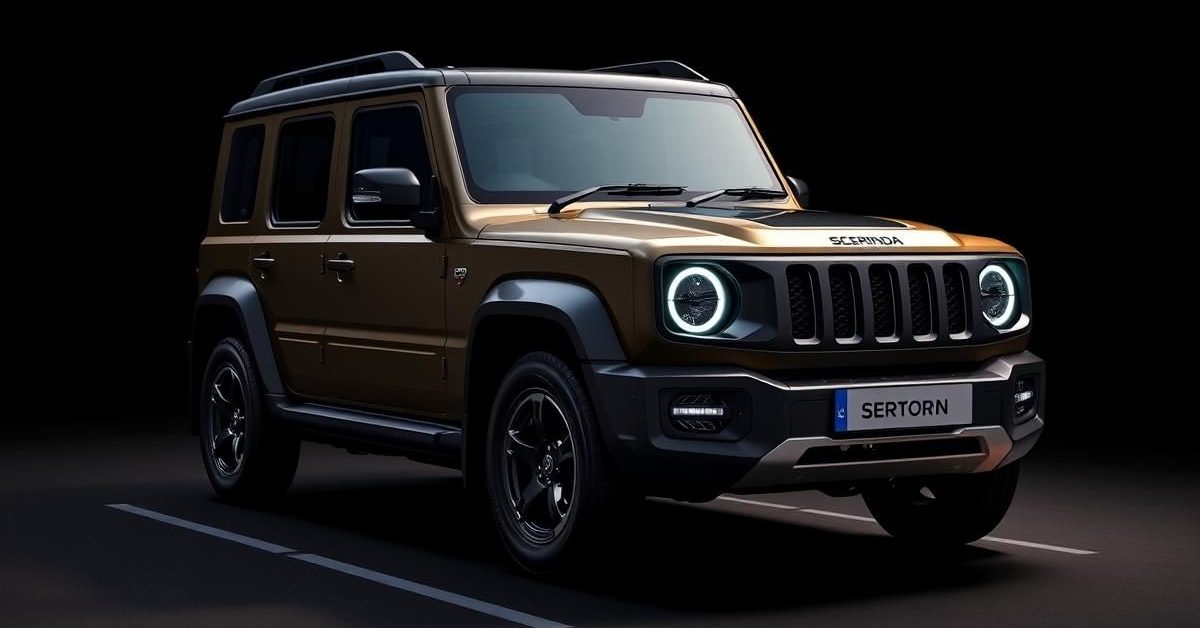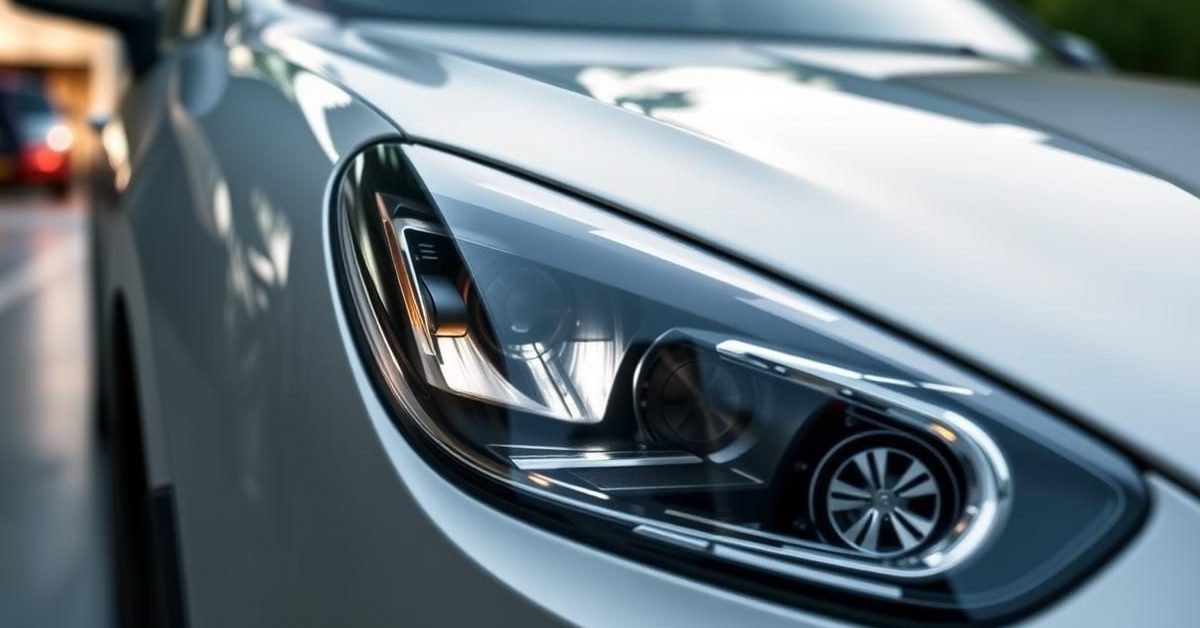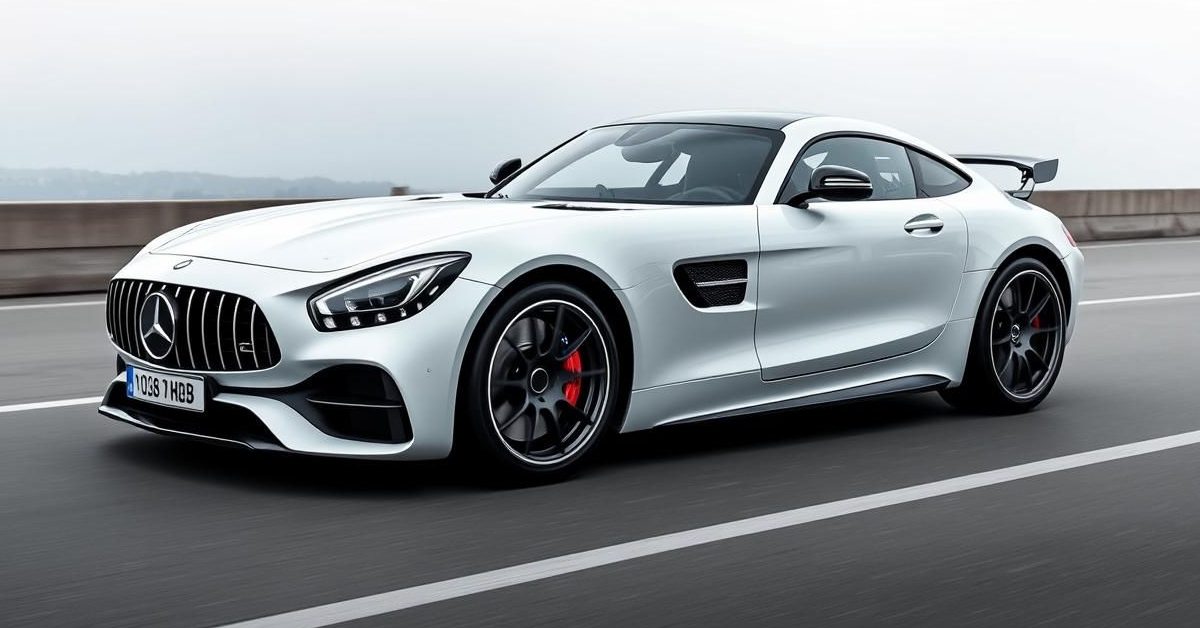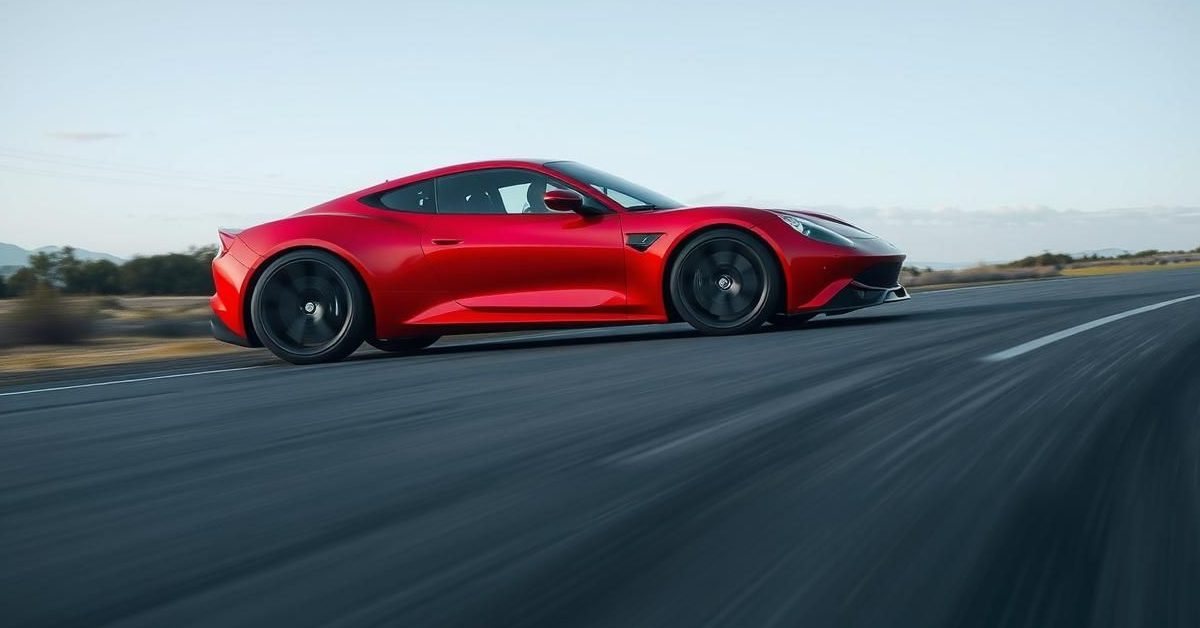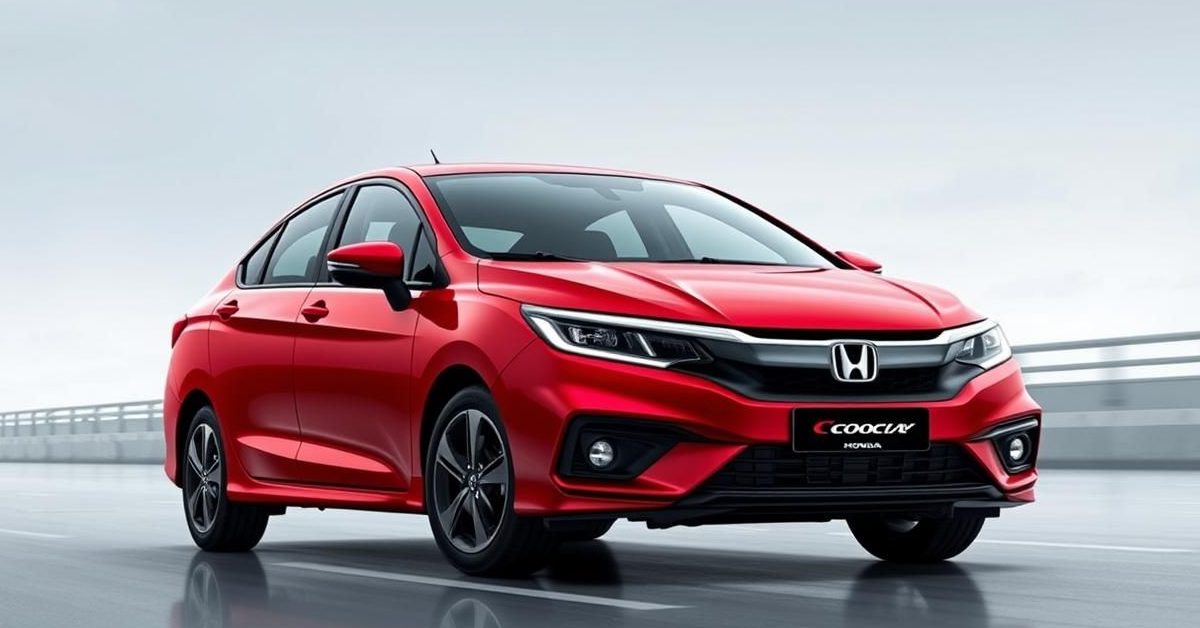A Strategic Shift: Vida’s Play for Widespread EV Adoption
The electric vehicle landscape in India is perpetually buzzing, and a recent teaser from Vida, Hero MotoCorp’s dedicated EV brand, has ignited fresh excitement. It appears Vida is gearing up to introduce a more accessible, budget-friendly variant of its VX2 electric scooter, hinting at a strategic pivot towards mass-market appeal. This move, signaled by the inclusion of drum brakes, suggests a conscious effort to democratize electric mobility and bring it within reach of a broader consumer base.
Understanding the VX2’s Affordability Secret: Drum Brakes
While premium electric scooters often boast advanced disc braking systems for superior stopping power, the teaser for the Vida VX2 reveals a clear focus on cost-efficiency through the use of drum brakes. This isn’t a downgrade but a calculated design choice. Drum brakes, being mechanically simpler and less expensive to manufacture and maintain, directly contribute to a lower overall retail price for the scooter. This allows Vida to trim production costs without compromising essential functionality for urban commuting.
The Imperative of Price Point in India’s Electric Vehicle Market
For electric vehicles to truly penetrate the Indian market beyond early adopters, affordability remains a critical hurdle. Brands like Ather Energy and Ola Electric have seen success, but often at price points that are still considered premium for a significant segment of potential buyers. By introducing a VX2 variant with drum brakes, Vida is directly addressing this price sensitivity, aiming to capture a market segment that prioritizes value and economical daily transport. This aligns perfectly with the nation’s push for sustainable, yet accessible, mobility solutions.
Vida’s Broader Vision: Expanding Beyond the Premium Segment
Hero MotoCorp, a titan in the two-wheeler industry, launched Vida with the V1 Pro and V1 Plus, scooters positioned at the higher end of the electric spectrum. While well-received for their technology and features, their pricing limited wider adoption. The impending arrival of a more affordable VX2 variant signifies Vida’s ambition to broaden its market footprint. It suggests a dual strategy: retaining a premium offering while simultaneously competing aggressively in the crucial budget-friendly segment, an area critical for achieving significant sales volumes.
Navigating the Competitive Electric Scooter Ecosystem
The Indian electric scooter market is fiercely competitive, with established players and innovative startups vying for dominance. Names like TVS iQube, Bajaj Chetak, and the aforementioned Ather and Ola have carved out their niches. Vida’s decision to introduce a cost-effective VX2 variant places it in direct contention with some of the more affordable models from these rivals, potentially even targeting buyers who might otherwise opt for conventional internal combustion engine scooters due to budget constraints. This strategic pricing could be a game-changer for Vida’s market share.
Anticipation Builds for Consumers and the EV Industry
The teaser has successfully generated considerable buzz. Prospective buyers are now eagerly awaiting the official launch, which is expected to reveal the full specifications, range, and, most crucially, the final price point of this new Vida VX2 variant. This move by Vida could catalyze a broader trend within the industry, encouraging other manufacturers to explore similar cost-optimization strategies, ultimately benefiting consumers and accelerating the transition to electric mobility across India.
